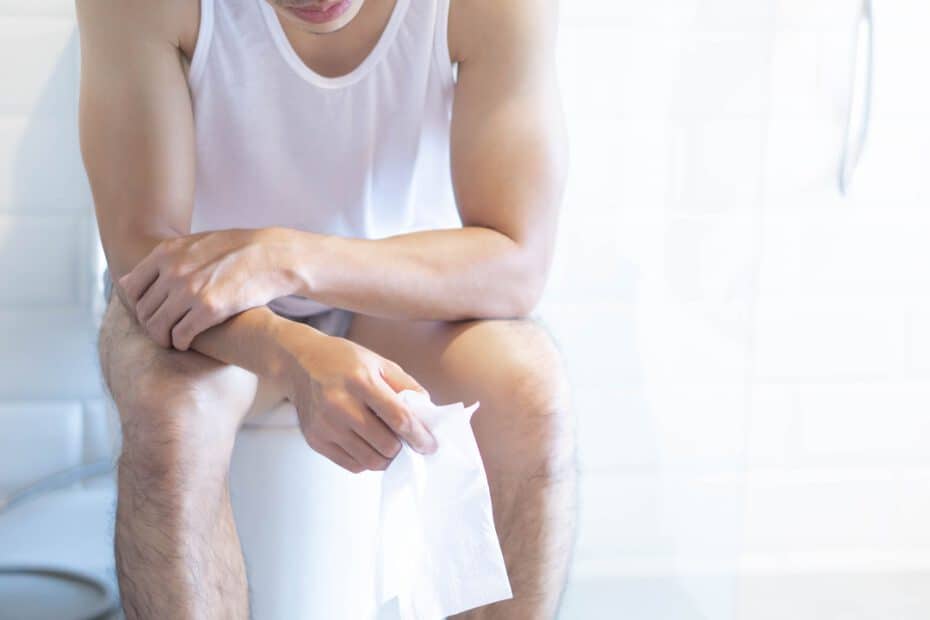Urinary incontinence is a condition that affects many people. It can be the result of aging, childbirth, or other medical conditions. This article will discuss the different ways to treat urinary incontinence and what to do if you experience it.
Urinary incontinence is a common problem that affects millions of people. Urinary incontinence is a condition in which a person involuntarily leaks urine. It can happen at any age and it can be caused by various factors. It is most often caused by pregnancy, childbirth, obesity, or menopause. Urinary incontinence is a common condition in women and men of all ages, but urinary incontinence is a more common condition in women, especially after childbirth.
When does it occur?
Urinary incontinence is involuntary urinary incontinence. It can happen when you cough, sneeze, laugh too hard, or exercise. Urinary incontinence affects one in three women and one in five men at some point in their lives.
Urinary incontinence is more common in women than in men because of the changes that happen to a woman's body during pregnancy, childbirth, and menopause.
It is also more common in people who have had surgery on the bladder or intestine, such as a hysterectomy, prostate removal, or colostomy. The causes of urinary incontinence are many and varied. Some other possible causes are loss of bladder control due to damage to the brain or spinal cord and side effects of certain medications.
What are the symptoms of urinary incontinence?
Symptoms of Urinary incontinence They are urinary incontinence while coughing, laughing, sneezing, or exercising; When you lift something heavy, if you have to get up at night to urinate more than once, incontinence when you don't think you need to walk; And the feeling that your bladder is not completely empty after using the toilet.
How to treat urinary incontinence?
There are different types of urinary incontinence and they can be treated in different ways. Stress incontinence is caused by weakness of the bladder muscles and can be treated with pelvic floor exercises, vaginal weights, or surgery. Urinary incontinence can be treated with medication or surgery, as well as pelvic floor exercises and medications that help slow urinary incontinence.
One of the best solutions in Israel today is the eChair, which strengthens the pelvic floor muscles in a non-invasive way


